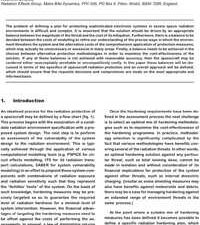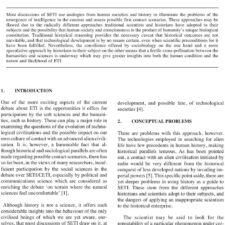Engineering the Zero-Point Field and Polarizable Vacuum for Interstellar Flight
£5.00
H. E. Puthoff; S. R. Little; M. Ibison (2002), JBIS, 55, 137-144
Refcode: 2002.55.137
Keywords: Zero-point energy, warp drive, propellantless propulsion, metric engineering, interstellar flight
Abstract:
A theme that has come to the fore in advanced planning for long-range space exploration is the concept of “propellantless propulsion” or “field propulsion”. One version of this concept involves the projected possibility that empty space itself (the quantum vacuum, or space-time metric) might be manipulated so as to provide energy/thrust for future space vehicles [1]. Although far reaching, such a proposal is solidly grounded in modern theory that describes the vacuum as a polarizable medium that sustains energetic quantum fluctuations. Thus the possibility that matter/vacuum interactions might be engineered for space-flight applications is not a priori ruled out, although certain constraints need to be acknowledged. The structure and implications of such a far- reaching hypothesis are considered herein.





